by Donato
Some times you just have to do it for free.
Prophets
1995
Oil on panel
And while this in no way condones exploitative, speculative work, I find the desire to paint some images so compelling that other work needs to take a trip to the back burner while I exorcise my creative demons. While I have rarely created work on speculation (get paid later—maybe) I look at a break from any aspect of my commissioned work schedule as having to work for free. For as soon as I stop painting for any client, I stop getting paid. The awareness of the value of my time has helped build confidence and provide leverage in negotiating with clients.
Over the years as a commercial artist, you get hired to create images which are a reflection of what is in your portfolio. Do you have fish in your work, then you will receive fishy jobs! Do you paint sublime robots engaged in cool narratives? Guess that horse battle scene is not for you! Do you like starships taking off from spaceports? Well that is what the art directors would like to see you tackle again, again and…again. This is not a criticism on an art director’s ability to think out of the box, quite the contrary, but rather of the thousands of artists out there, the AD was thinking of your particular problem solving skills for this particular job. A profound compliment! You are getting hired to do what you love and are excellent at. And thus you can become ‘pidgeoned-holed’ by your own success.
So why do I do work for free? Mostly to break the mold. I approach these creative interruptions from the work schedule as necessary to help round out my portfolio and redirect my creative energies. Some times I am able to satisfy these needs by working with a highly challenging and creative art director like Irene Gallo who has given me the space to grow my art like none other inside the boundaries of her commercial commissions. At other times, I need to push myself in a new direction for which no client could subsidize, and at that point I need to go ‘off the clock’.
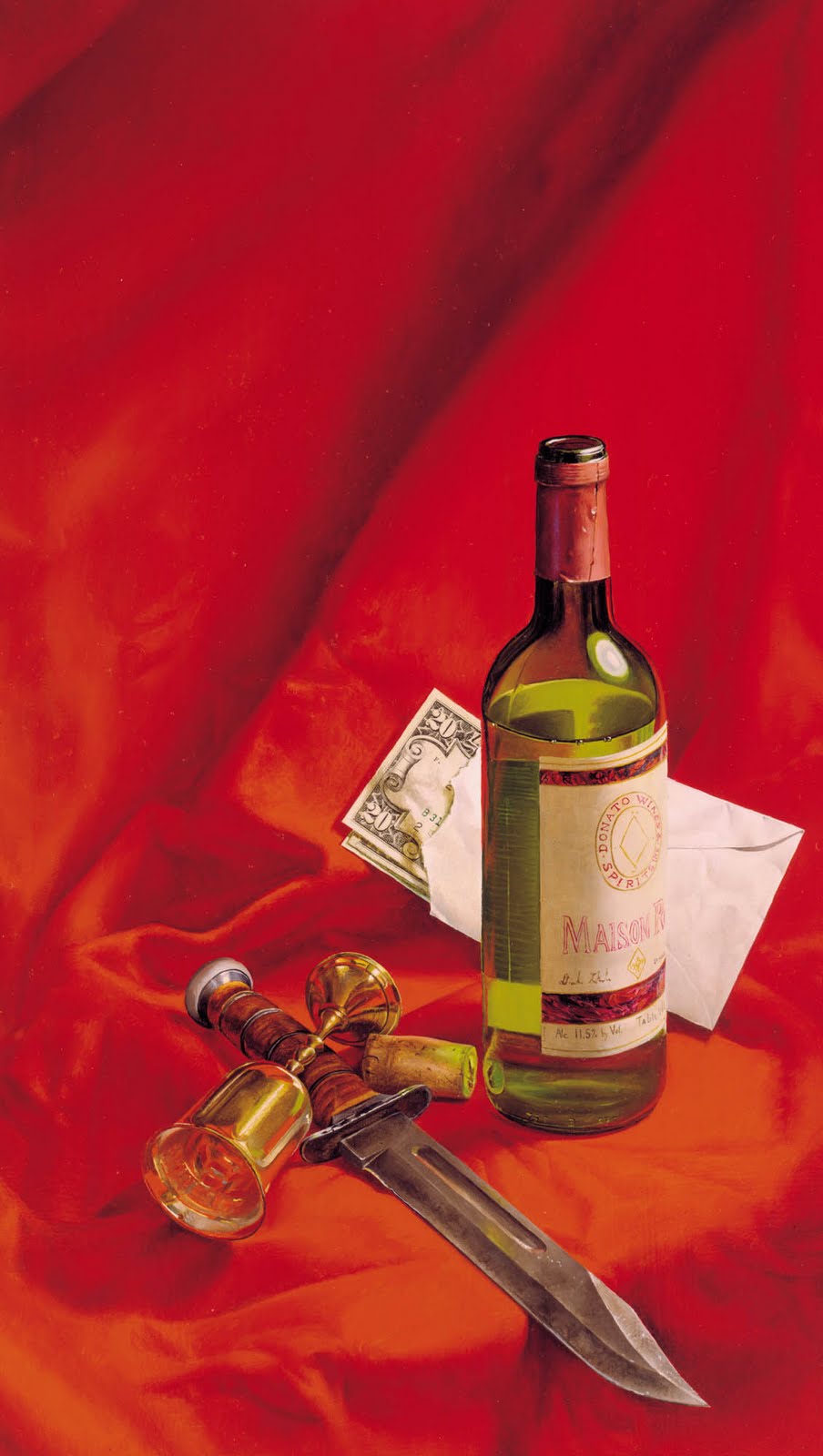
Below are a few examples of work created for free and raised the bar on what I could achieve in my art.
Peter Paul Rubens copy
1999
oil on panel
20 x 28″
The portrait above was created as a copy of an original Peter Paul Rubens portrait at the Metropolitan Museum of Art in New York. I went there to learn how he painted so I could work on a larger scale in my illustrations. This exercise with the Rubens gave the the confidence and knowledge to tackle The Hobbit:Expulsion image below.
Prometheus was created as a speculative gallery painting for a science fiction show in Chelsea New York. It was never shown in the gallery, but went on to win a Gold medal from Spectrum 13, land me the front cover of that annual, and helped secure my first USPS postage stamp of Alan Shepard due out this May.
13 is indeed a lucky number!
Prometheus
Oil on Canvas
95″ x 77″
2005
As with all the drawings appearing in my recent book, Middle-Earth: Visions of a Modern Myth, Eowyn was created purely from my love of Tolkien’s writings, straight from the heart of a 13 year old who fell in love with the world of Hobbits and Elves 30 years ago.

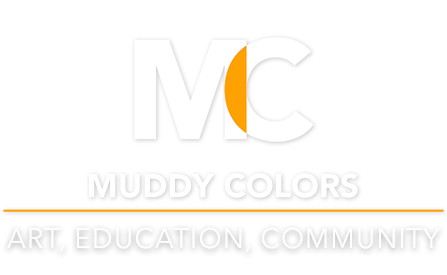

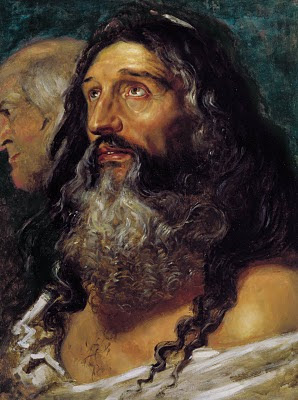



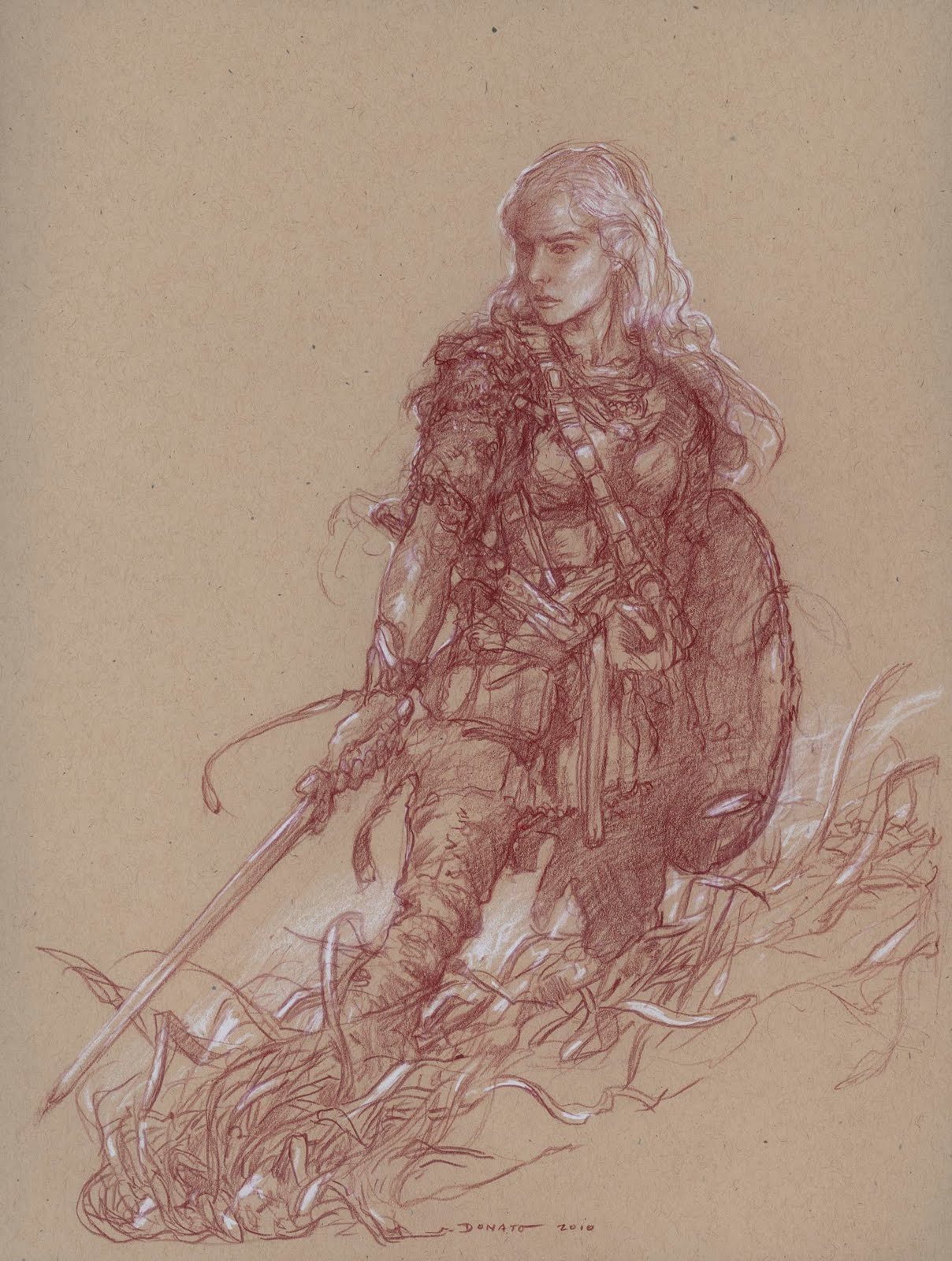
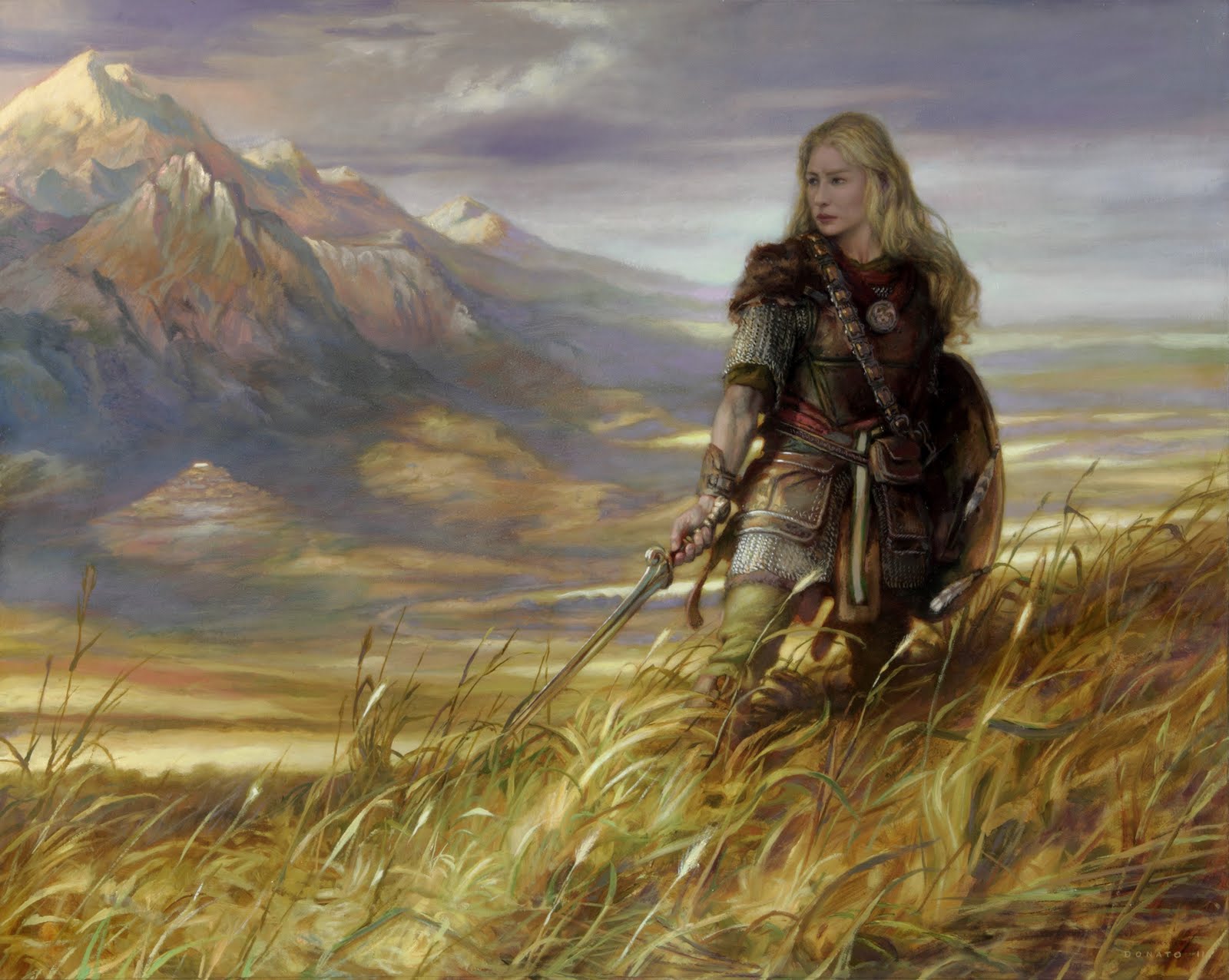
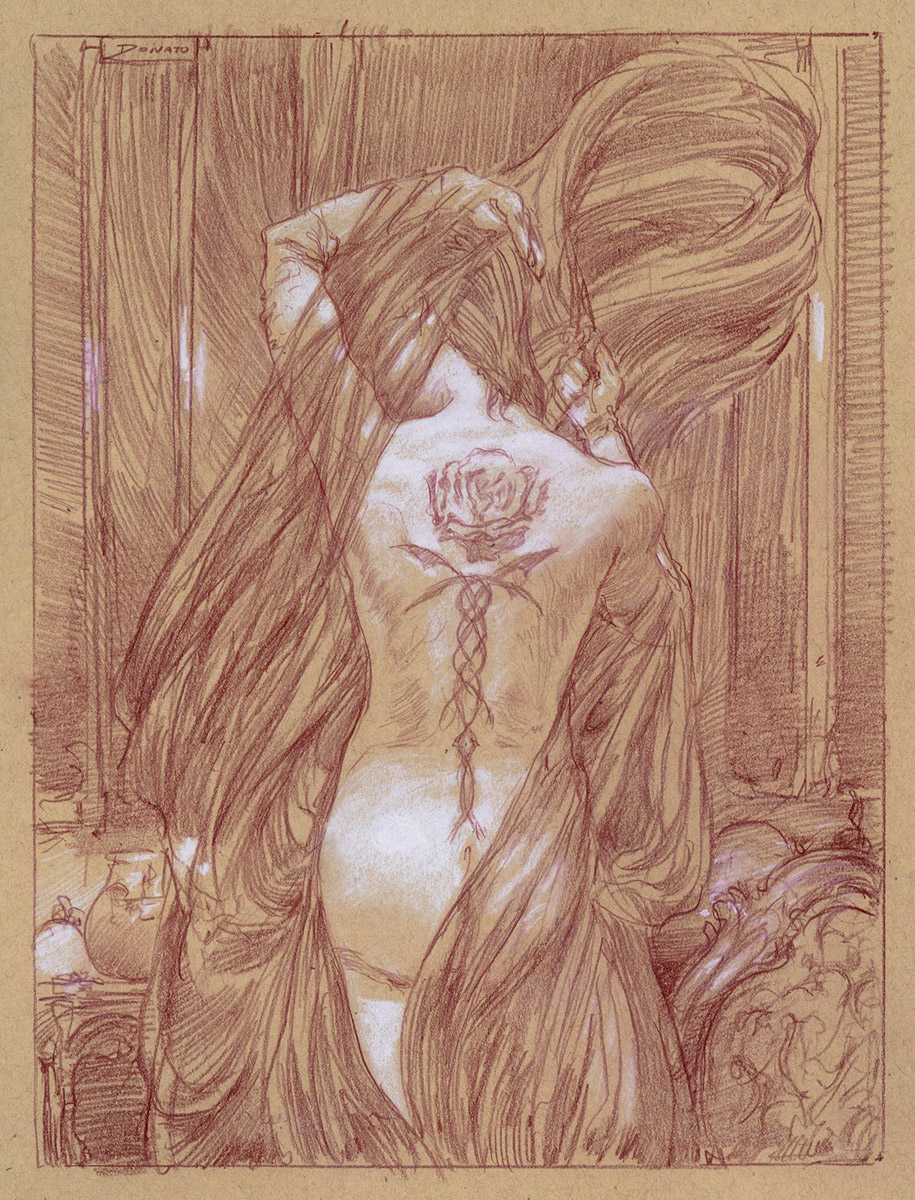


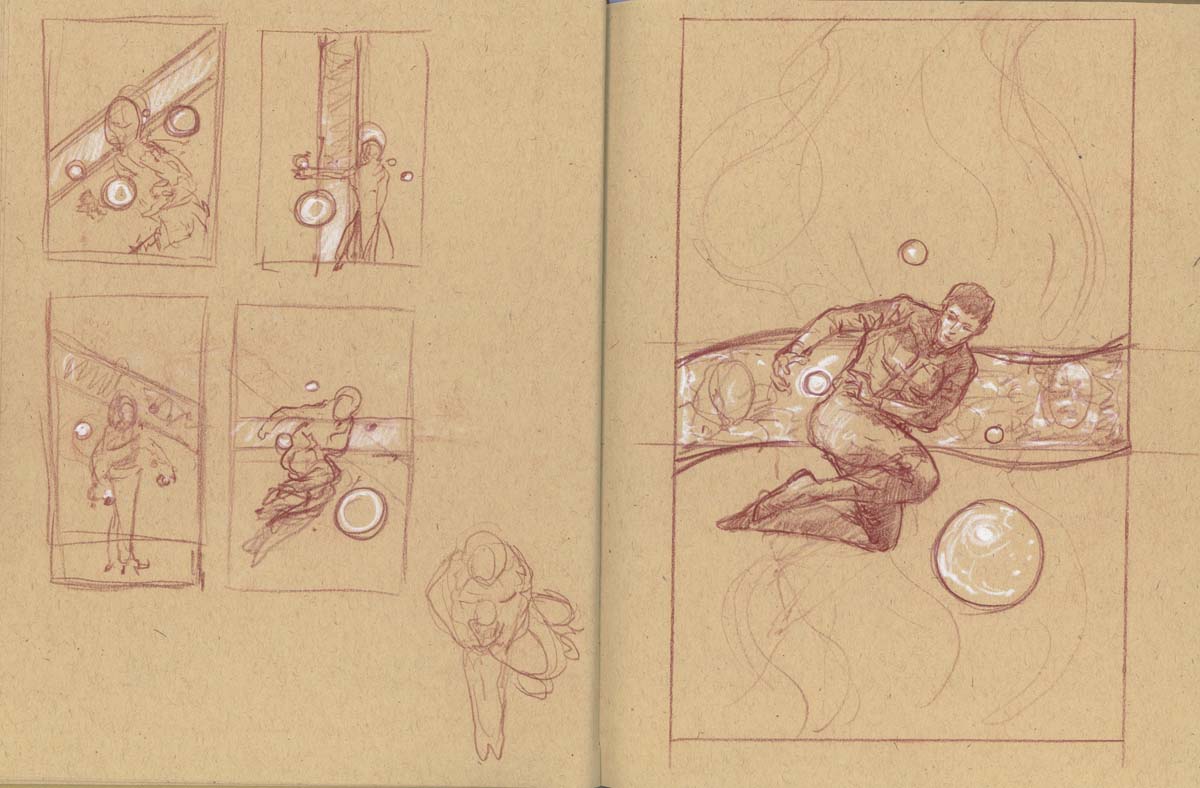

Wonderful commentary Donato, reaffirms my desire to keep pushing my boundaries, and manages to make “pro bono” personal work sound worthwhile, but still keeps in focus why we charge for our time and have to assign it real value. Thanks!
Oh Geez!
That Eowyn painting came out GREAT!
It's always so nice to see the transition from drawing to oil paint.
Ab.so.lute.ly. Beautiful. Wow. Love the light quality in this one!
Inspiring words, and really inspiring work. As always, another post filled with great insight for the artist. Thanks Donato.
How much white paint did this take!?
Prometheus
Oil on Canvas
95″ x 77″
2005
I love the way you paint, almost as much as I love the way you think.
Great post Donato, but I don't see the work you were doing as free work. I feel like you were reinvesting in yourself, doing work that will reposition you to where you wanted to be down the line in your business. I've known a few illustrators in those periods of transition and most times it has worked out for the better for them. I think that's a far cry from the tripe Spec. work that illustrators are some times approached with.
I remember seeing Prometheus in Spectrum 13 and smiling and returning and smiling and returning and so on. But when I saw it hanging at the Society of illustrators I almost cried. Its scale and beauty is incredible. It also confirmed my belief of your love for paint.
I looked at the cover so long that I thought I saw the number “13” made from the 3 astronauts in the bottom right hand corner. I promptly spent too much time looking for “Spectrum” cleverly made up from other figures.
Can someone explain what master copies are for? I know the question may sound dumb, but I don't understand why someone would need to copy another person's drawing/painting. What type of mindset should you approach the copying with? What are you trying to learn? Thanks.
Andre, copying anyone gives you the chance to try to “get” how they painted to get to a certain point or look.
Copying the mastrs, as an example, is something you can do in many ways.
If you would copy Rubens (as an example) you could paint andpaint over and paint over and over again, until you get something that looks similar enough, but chances are that you will look at it and try to also PAINT like Rubens, which usually make you learn faster ways to get those fleshy tones, or that highlight you like or chiarroscurro techniques.
Think of it like this: If you are a kid, and you get colour-me-ins, you will learn to keep within lines when you colour.
If you trace lines, you will learn to draw clean lines.
If you copy a master, you will learn techniques to make the paint behave in the way you want it to.
I think it probably is just as useful if you do them digitally, though you wont learn the same about how oils or physical paint behaves, but rather how to emulate things.
Hope it helps, and anyone who wish to fill in feel free to do so.
Donato,
It's ironic that you posted a copy of Rubens because like “bill” said about Prometheus in an earlier comment, I never knew the scale of Prometheus until I saw it at the Spectrum show. Like him, I was blown away!!! The first thought that popped into my head when I saw it was, “He's the Rubens of our day.”
Great work Donato!! An inspiration…
-Gene